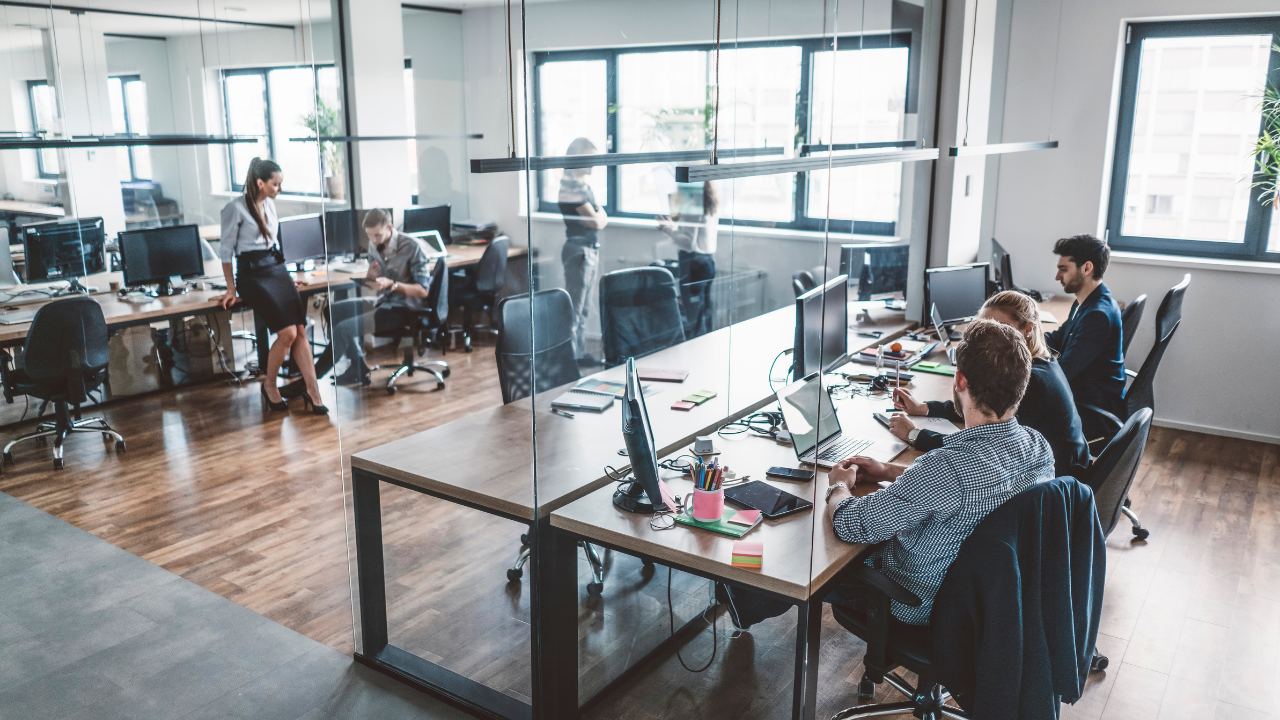Retail and outdoor recreation organization REI’s headquarters was once viewed as an adult summer camp-esque nostalgic oasis.
The eight-acre campus featured fire pits, rooftop terraces, skylights and one-of-a-kind landscaping that melded both nature and an office environment.
However, before REI could move in, it announced it would be selling the space in Bellevue, Washington and transitioning to remote working arrangements at the beginning of the pandemic.
This has been the trend for many companies. While some have announced remote working policies for the foreseeable future, many argue that there is still a need for the office to accommodate collaboration and social interaction.
For instance, architecture practice Salon Alper Derinbogaz revealed its new “pandemic-resistant” design for Istanbul’s Yıldız Technical University.
The space includes outdoor areas and landscape, fluid meeting areas, pop-up meeting spaces for collaborative work and more to create an agile workspace.
Another topic of discussion in the new normal has been the migration to suburban and secondary cities. Places like New York City and San Francisco are notoriously expensive, which has driven many people to areas with a lower cost of living and more open space.
All of these changes in workplace norms point to one certainty: the office will never look the way it once did. For instance, architects at Weiss/Manfredi believe that boundaries of the office will be widened unlike ever before as people embrace telecommuting abilities.
At Wolfgang & Hite, experts believe that office design will need to address the heightened climate crisis. This means better managing rising temperature within the office, while accommodating the evolving needs of workers.


 Dr. Gleb Tsipursky – The Office Whisperer
Dr. Gleb Tsipursky – The Office Whisperer Nirit Cohen – WorkFutures
Nirit Cohen – WorkFutures Angela Howard – Culture Expert
Angela Howard – Culture Expert Drew Jones – Design & Innovation
Drew Jones – Design & Innovation Jonathan Price – CRE & Flex Expert
Jonathan Price – CRE & Flex Expert










